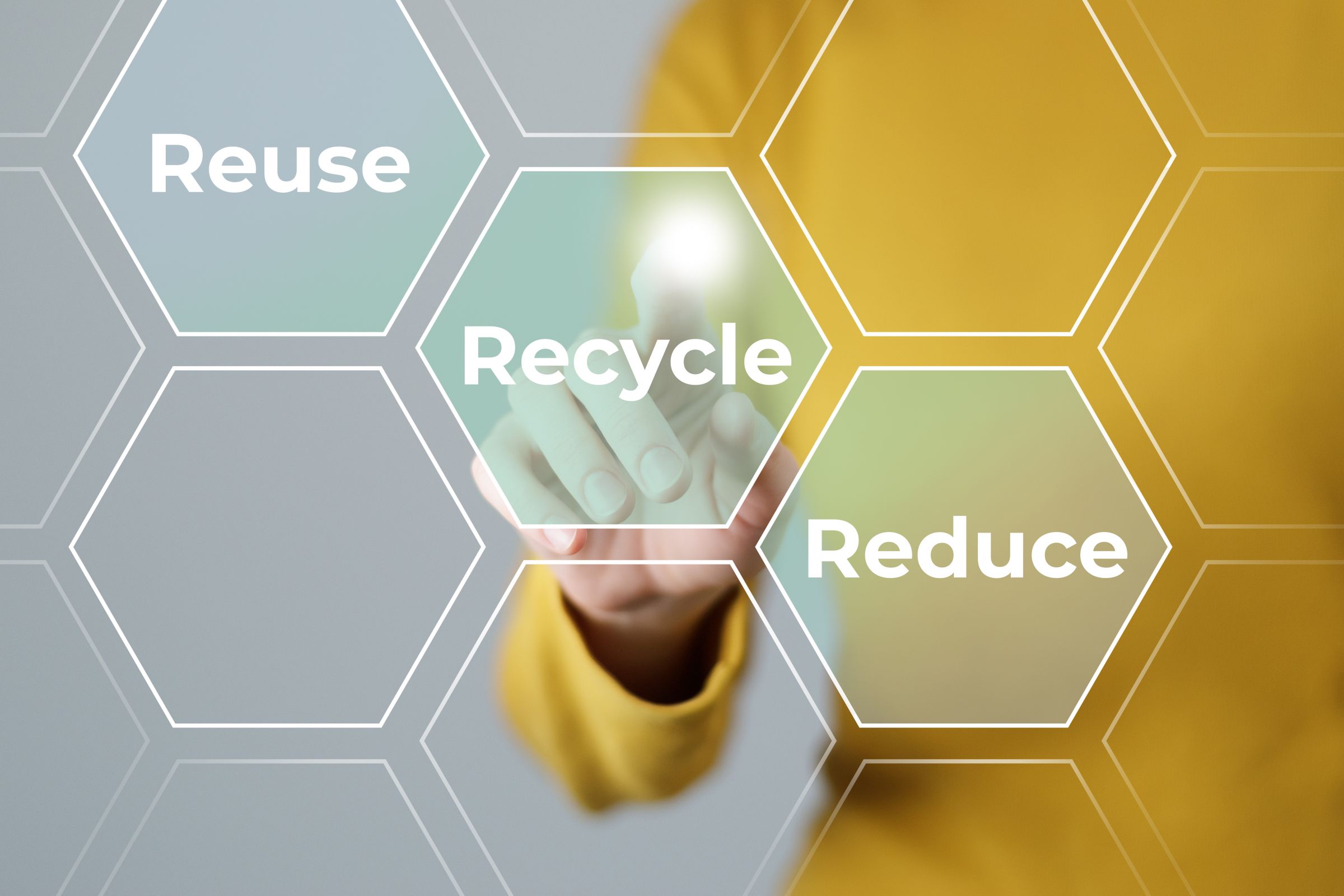
مدیریت مواد
سیاستهای مدیریت مواد
Nam Liong Global عمدتاً مواد اولیه را از تأمینکنندگان خارجی تأمین میکند. هشت مورد اولویت دار برای تأمین شامل چسبها (شامل افزودنیها برای چسبها، مواد شیمیایی و مواد اولیه لاستیکی)، نخهای تخصصی، پلاستیکهای پلیمری، نوارهای چسبی قلاب و حلقه، پارچهها، لوازم جانبی و مواد بستهبندی، الیاف تخصصی و فومهای پلیمری است. حجم کل تأمین مواد اولیه، بر اساس 80٪ بالای ارزش تأمین برای سال 2024، به 5,521.7 تن متریک رسید که از این مقدار 32.08 تن متریک مواد تجدیدپذیر بودند.
به جلو حرکت کرده، Nam Liong Global به فلسفه مبتنی بر پایداری خود متعهد است و بر افزایش تأمین مواد تجدیدپذیر و بهبود بازیافت و استفاده مجدد از زباله درونسازمانی تمرکز دارد، با هدف حداکثر کردن کارایی منابع و حداقل کردن تأثیرات زیستمحیطی در حالی که کیفیت و ایمنی محصول را تضمین میکند. ما به بررسی مواد خام جایگزین دوستدار محیط زیست که با استانداردهای بینالمللی مانند استاندارد بازیافت جهانی (GRS) و گواهینامه شورای مدیریت جنگل (FSC) مطابقت دارند، ادامه خواهیم داد و بدین ترتیب توسعه زنجیره تأمین سبز را پیش خواهیم برد. علاوه بر این، ما تأمین و ترکیب مواد خام را مدیریت خواهیم کرد تا اطمینان حاصل کنیم که محصولات ما به طور کامل با ابتکارات، مقررات و دستورالعملهای زیستمحیطی بینالمللی مطابقت دارند و بدین ترتیب مسئولیت زیستمحیطی خود را تقویت کرده و به سمت پایداری پیش برویم.
وزن تأمین مواد SASB-CG-AA-440a.4 (تن)
Material Procurement مدیریت بر اساس استانداردهای SASB
| معیار | بیانیه اجرای SASB-CG-AA-440a.3 |
|---|---|
| 1. عوامل زیستمحیطی و/یا اجتماعی که احتمالاً تهدیدی برای تأمین منابع هستند | ● از نظر عوامل زیستمحیطی, increasingly stringent regulations related to climate change and net zero carbon emissions are driving up the costs of raw material production and transportation. The over-exploitation of natural resources may result in issues such as land degradation and water scarcity, further leading to supply shortages, price fluctuations, and potential quality instability. In addition, the production of raw materials involves carbon emissions, wastewater discharge, chemical pollution, and high energy consumption, all of which pose long-term environmental impacts and consequential challenges to the Corporate’s operational sustainability. ● از نظر عوامل اجتماعی, geopolitical tensions and global economic instability have increased the uncertainty of international trade, thereby raising the complexity of procurement and supply chain management. Meanwhile, the textile industry in Taiwan faces challenges such as capacity relocation, the exit of small-scale processing plants, and an aging skilled workforce, resulting in increased difficulty in sourcing raw materials and affecting supply chain stability. In addition, supply chain operations may involve issues such as poor labor conditions, the use of child labor, and inadequate occupational safety, posing potential risks to both the Corporate’s fulfillment of social responsibilities and reputation. |
| 2. ریسکها و/یا فرصتهای تجاری مرتبط با عوامل زیستمحیطی و/یا اجتماعی | ● از نظر ریسکها, as the world moves toward net zero carbon emissions, the use and import of raw materials with high carbon emission may be restricted, resulting in increased compliance pressures and environmental costs for businesses. International markets placing growing emphasis on environmental, social, and governance (ESG) performance, and brand customers are imposing increasingly stringent requirements on green supply chains, non-compliance may lead to potential loss of orders. In addition, fluctuations in raw material prices and supply chain instability may affect production costs and operational efficiency, thereby increasing overall business risk. ● از نظر فرصتها, the increasing global demand for environmentally friendly materials is driving the expansion of markets for recyclable, low-carbon, and bio-based materials. Businesses that comply with environmental regulations and hold sustainability certifications are more likely to gain favor with international brands, thereby enhancing their market competitiveness. In addition, developing and certifying green products can strengthen corporate image, create sustainable business opportunities, and enhance businesses’ capacity for sustainable development. |
| 3. استراتژی مدیریت برای رسیدگی به ریسکها و فرصتهای تجاری | ● از نظر مدیریت زنجیره تأمین, Nam Liong Global collaborates with suppliers who comply with restricted substances standards and sources raw materials certified to third-party environmental or social standards to effectively mitigate potential environmental and health risks. These standards include the Global Recycled Standard (GRS), the Forest Stewardship Council (FSC®) certification, the OEKO-TEX®STANDARD 100, and the bluesign® standard. A supplier sustainability self-assessment mechanism is established to regularly evaluate their environmental and social conditions. In addition, inventory pressure is reduced and supply chain resilience strengthened through coordinated supplier material preparation and batched shipments, while in-house production lines are expanded to enhance autonomous manufacturing capabilities and quality control, thereby mitigating potential supply chain disruptions. ● از نظر مدیریت مواد، Nam Liong Global continues to promote waste recycling and reuse initiatives, including the reintroduction of in-house production scraps and the off-site pyrolysis oil refining of waste rubber, thereby improving material utilization efficiency and reducing waste disposal costs. In addition, the Corporate advances environmentally friendly processes and green materials through the expansion of the Eco-Family product series, focusing on the use of recycled and bio-based materials, as well as solvent-free or water-based processes, with the objective of effectively mitigating the environmental impact throughout the product lifecycle. ● Moving forward, Nam Liong Global remains committed to continuously conducting organization-wide greenhouse gas (GHG) inventories and product carbon footprint assessments, enhancing data-driven management capabilities to support our sustainability-oriented decision-making. The Corporate will also deepen strategies for green supply chains and material recycling and reuse, collaborating with suppliers and customers to advance sustainable operations. |
